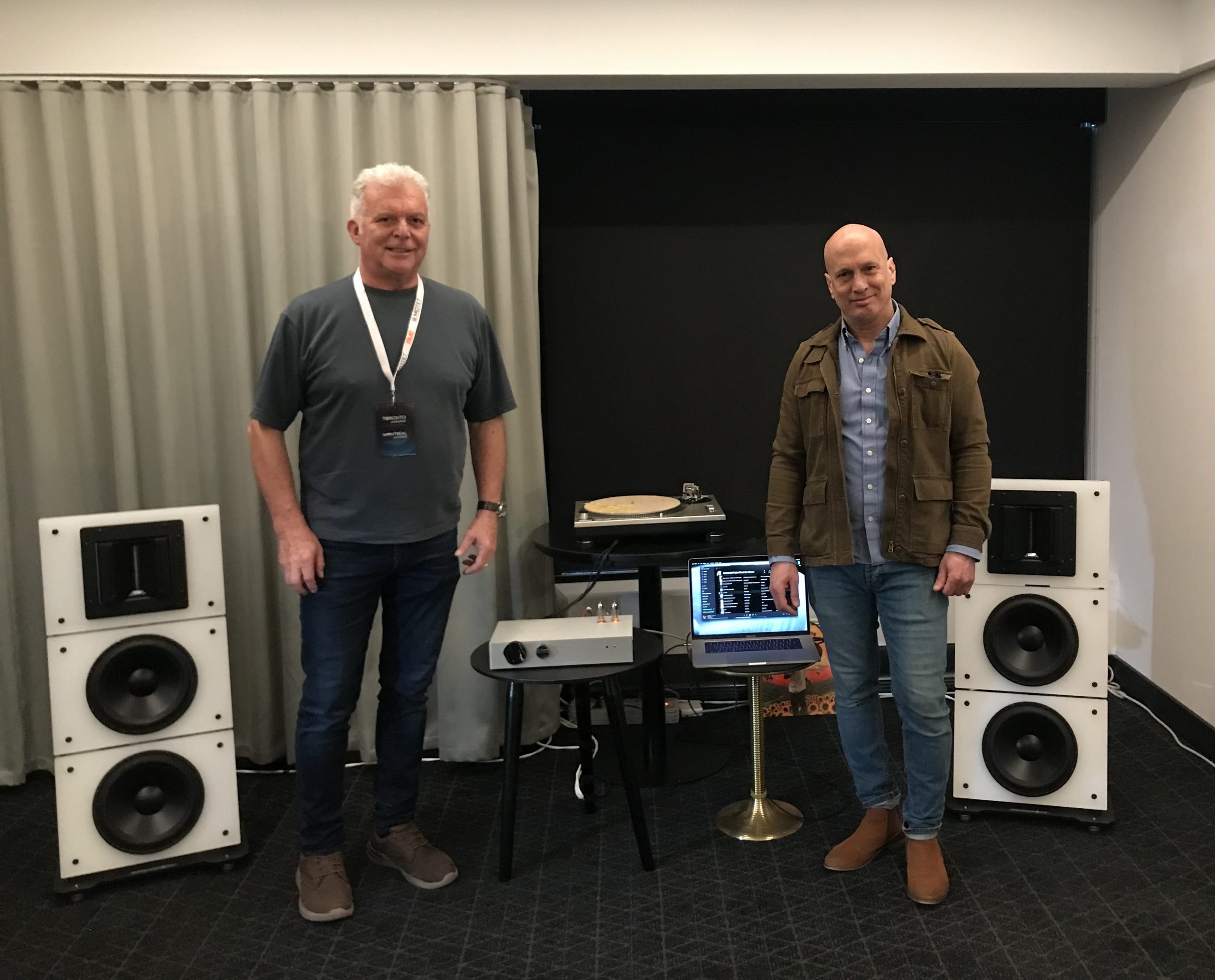
Prices listed in CA$.
PureAudioProject speakers are offered through an interesting business model: the company sends you all the speaker parts and you assemble them. It’s a kit. But the speaker is an open-baffle design, so it costs less in parts than a conventional speaker, and since there are less parts, and they “snap” into each other, it’s relatively easy to put together. Transporting conventional floorstanders from the manufacturer to distributors, retailers, and consumers is a costly practice, one the customer largely pays for in the end.
What? You’re not handy? Well, don’t worry because according to PureAudioProject’s owner and speaker designer, Ze’ev Schlik, you can do it if you know how to use a screwdriver.
The speakers in this room were the Trio 10 model with the Heil AMT tweeter ($8125/pr). Feeding it were a 215Wpc, class-D Heaven 11 Audio Billie MK2 integrated amplifier that comes standard with a tube preamp section, DAC, headphone amp and an MM phono stage ($2495), and a MacBook Pro being used as a streamer.
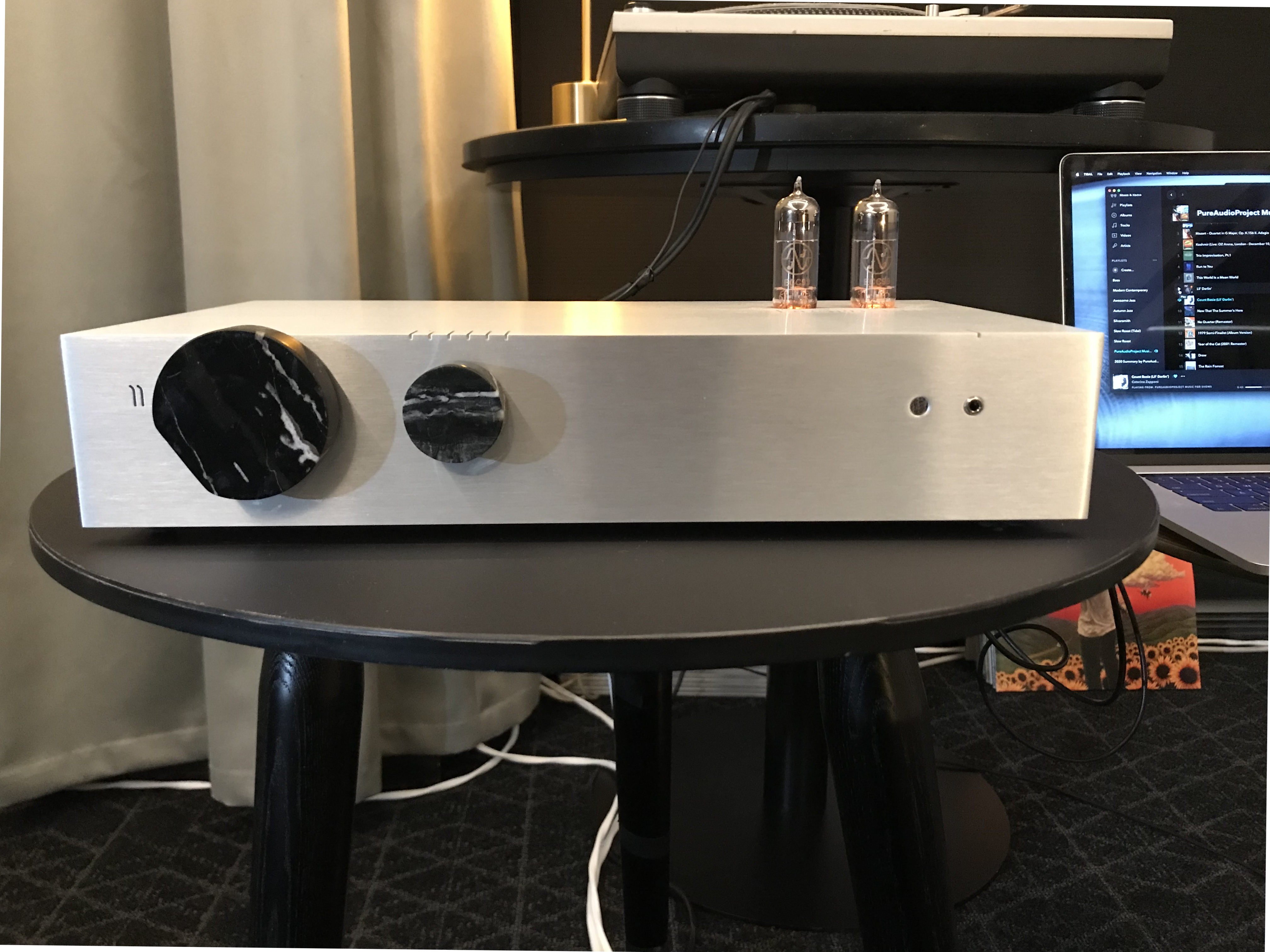
Heaven 11 Audio’s Itai Azerad, who designed and built the Billie, told me he built the amp initially because he was tired of listening to his friend’s audio system via a bad-sounding Bluetooth amplifier. So, determined to build a better one, he did, but he also added to it a bevy of features and connections.
First track I listened to: Klazz Brothers’ take of Duke Ellington’s “In a Sentimental Mood”. I heard everything I would want from an audio system: see-through resolution, precise imaging, big soundstage, authentic timbre, easy musicality. In fact, I thought it was one of the best-sounding rooms at the show—maybe even in my Top 3.
I asked the guys to play a Mahler symphony recording recorded by Riccardo Chailly, which I often use to see how far I can push a system. The men’s modestly priced gear reproduced it convincingly and succeeded where many other, more pricey systems I heard had failed.
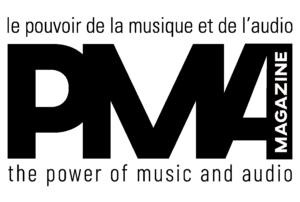
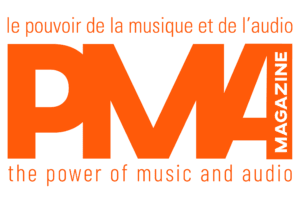




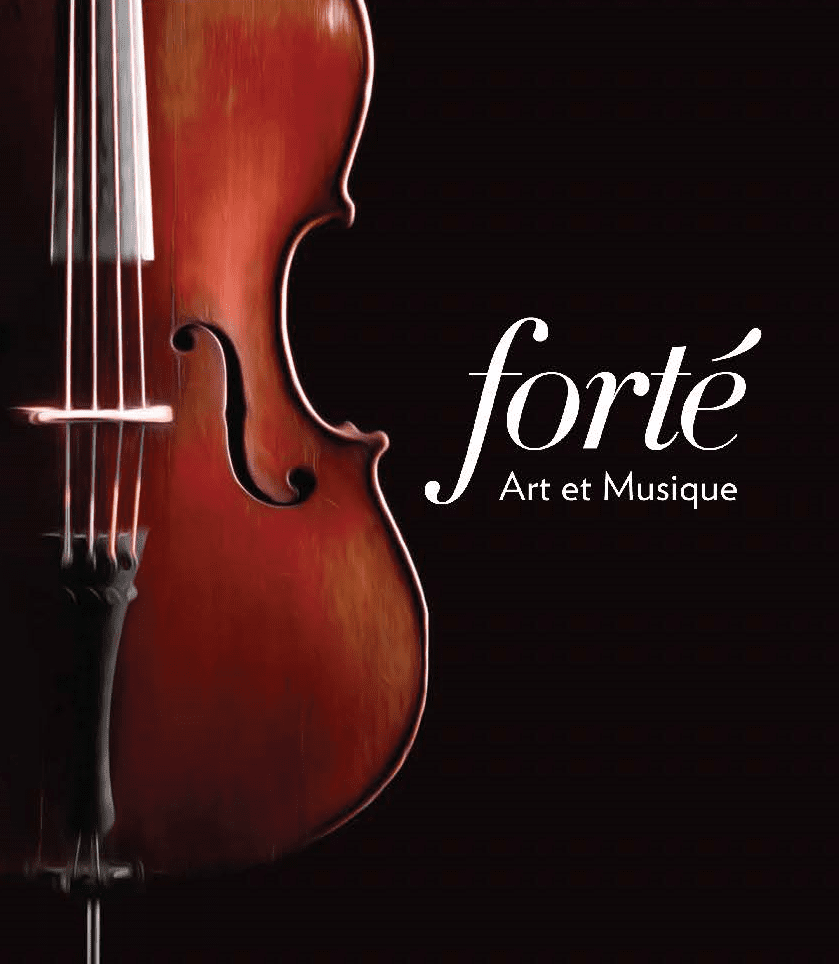
Leave a Reply